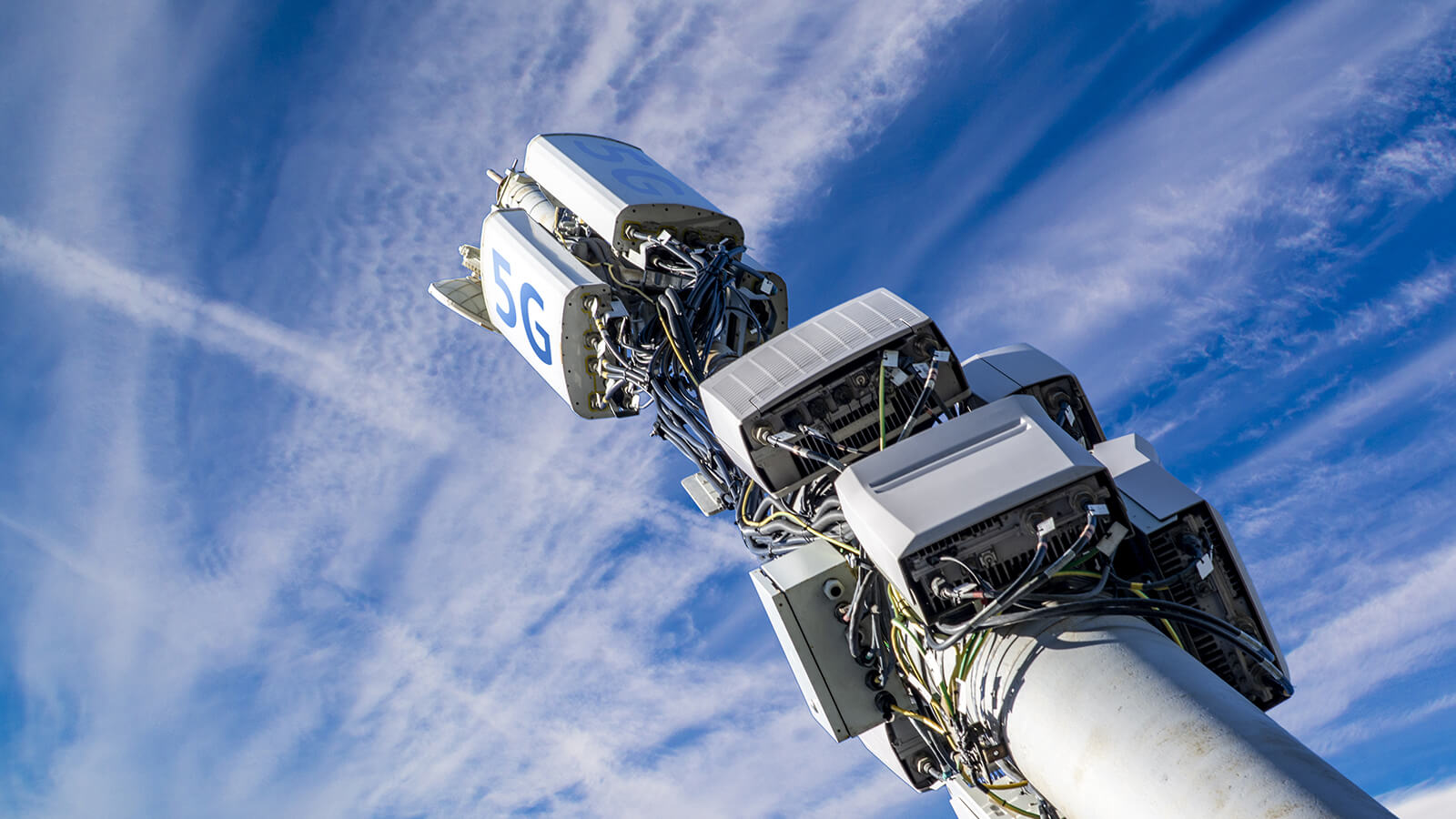If you've ever wandered through a town you might have noticed tiny cell towers for 5G placed on poles for street lighting. They appear like tiny boxes however they're actually sending wireless signals from mobile providers to your mobile.
https://drawerokra36.bloggersdelight.dk/2023/04/26/very-best-minimum-acceptable-length-between-yourself-and-also-a-5g-mobile-structure/ are replacing larger, purpose-built cell towers. While they're less noticeable however, they could create issues for users.
The FCC's Radiation Exposure Thresholds
The FCC's Radiation Exposure Thresholds establish the maximum amount of time a person can be exposed to electromagnetic radiation from wireless devices. The limits for exposure are based on scientific data which show that the energy of RF could cause harm to health.
The specific absorption rate (SAR) is an indication of the amount of radiofrequency energy that is absorbed by tissue. It is typically 1.6 Watts per kilogram averaged over one Gram of tissue.
But, since 5g operates at higher frequencies and has the potential to cause greater energy intensity on the skin and other directly-exposed body parts. This can result in a wide range of possible harms, such as an increase in the development of skin conditions such as dermatitis, skin cancer and cataracts.

Due to the possible severe effects of 5g radiation, PSU has chosen to set a general localized limits on power density, which is 4mW/cm2 based on the average on 1cm2, but not exceeding 30 minutes for the entire 5G spectrum at 3000 GHz. This localized limit is in accordance with the highest spatial-average SAR of 1.6 W/kg averaged over 1 g of tissue at 6 GHz.
The FCC's Maximum Exposure Thresholds for Maximum Exposure
Have you ever used a mobile phone, then you've probably realized that the safest range from the tower is at least 400 meters. This is due to the power of the transmission of the cell tower is significantly increased the farther your location from the tower.
While it sounds like an ideal idea, the reality is that people who live close to towers could be more prone to health problems. For instance, a study conducted in 2014 in India discovered that people living within 50 meters of cell towers had significant more health issues than those who were away from the antennas.
But, the study found that people who moved into areas farther away from the cell towers saw their symptoms improve within a couple of days. Another study has demonstrated that exposure to extreme levels of radiofrequency electromagnetic fields (EMFs) can cause brain tumors, cancers as well as other health issues.
This is because radiofrequency radiation, used in wireless communication, can penetrate the human body's exterior layer, the skin. safe distance to live from cell phone tower is important to understand because the skin acts as a protective barrier against injury to the body, infection from pathogenic microorganisms, as well as infiltration of toxic substances. what is a safe distance from a cell tower is also the most important organ of the human body and is accountable for keeping the integrity of other organs.
The FCC's Minimum Exposure Thresholds for the Minimum Exposure
The FCC's Minimum Exposure Thresholds rely on many assumptions that aren't supported by scientific evidence. They include the incorrect assumption that short-term exposures to RF radiations are not harmful because of the minimal absorption into body (i.e. the heating of tissues).
This assumption does not take into account the greater penetration of ELF components of modulated RF signals, as well as the consequences of short bursts of heat caused by RF pulses. These assumptions do not correspond with current understanding of the biological effects of RF radiation. As such they shouldn't be used for health protective exposure guidelines.
In addition there is the fact that both ICNIRP and FCC restrict the maximum limits of exposure to peak local SARs, based on the peak speed of spatial absorption (psSAR), which can be described as not a reliable dosimetric instrument to assess the amount of radiation exposure. Particularly, psSAR is inaccurate for frequencies above 6 GHz. In addition, psSAR is not been evaluated for RF radiation that is exposed to other environmental agents such like sunlight. Interactions of RF radiation with other agents in the environment could cause synergistic or antagonistic results. This could result in an increased risk of adverse health consequences. For example, co-exposure to RF radiation along with exposure to sunlight can raise the chance of skin cancer, as well as aggravate other skin conditions like acne.
